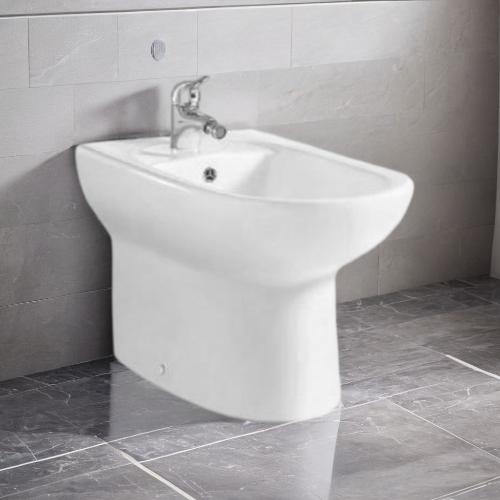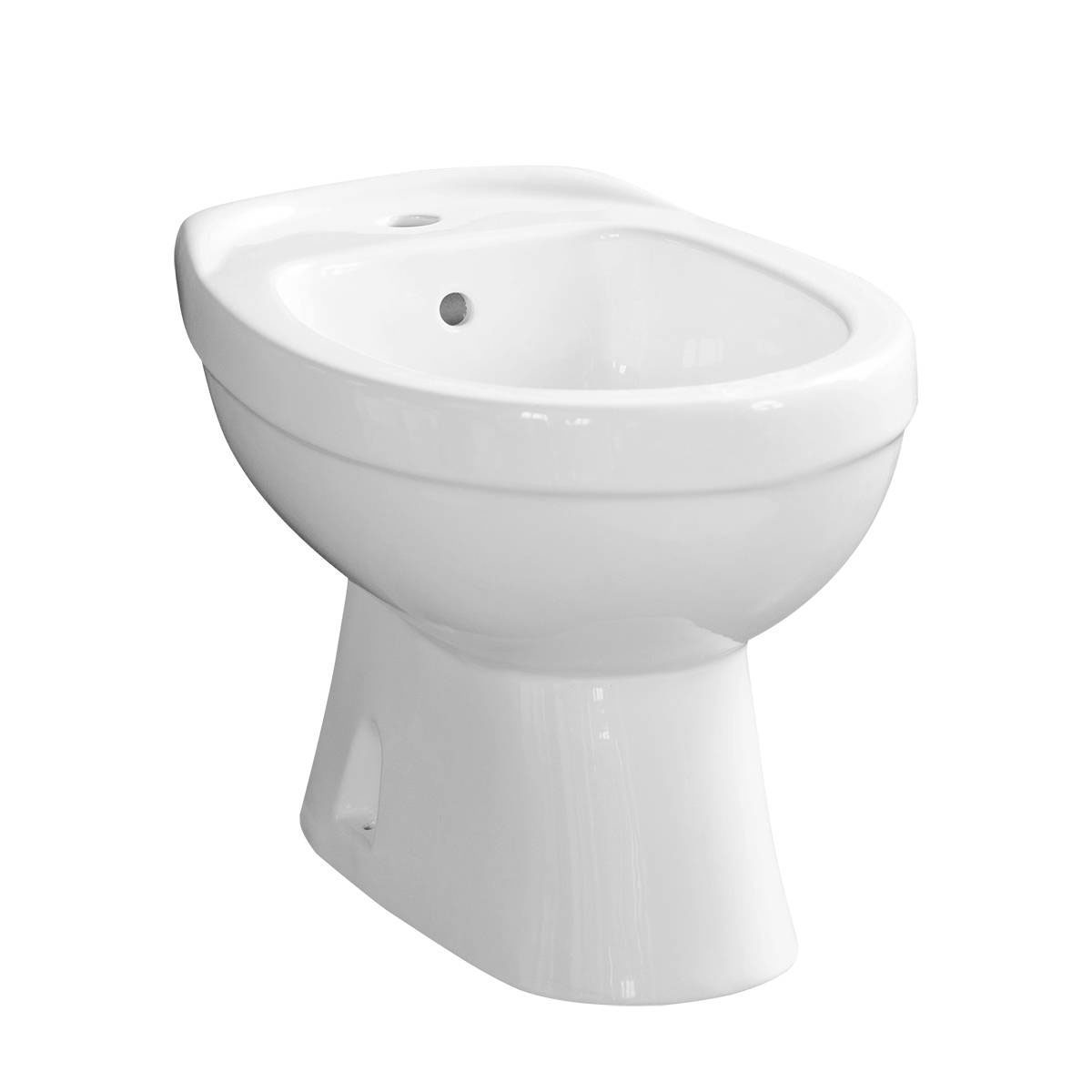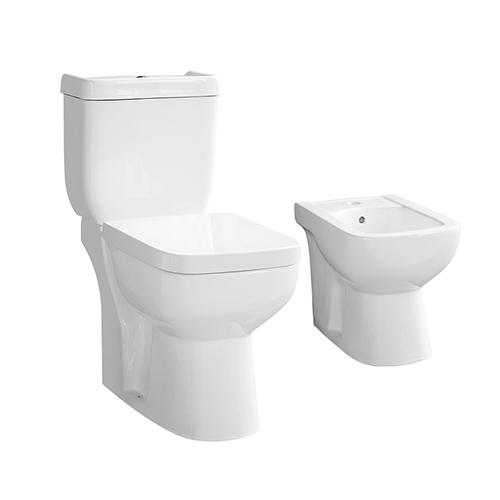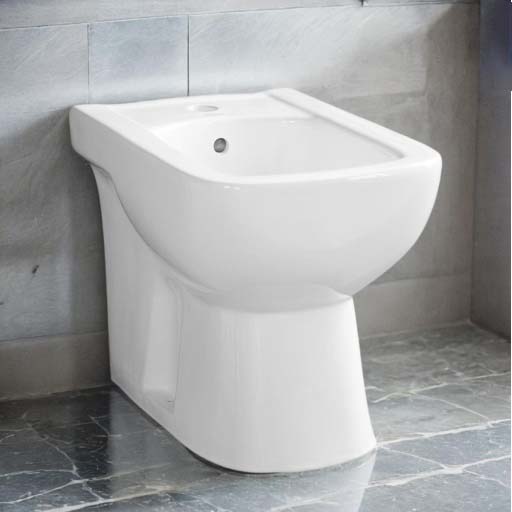Ceramic bidets, as part of daily hygiene routines, have become increasingly common around the world, especially in certain regions with long-standing traditions of using bidets. While modern versions, often integrated into toilets or as standalone units, are now used globally, ceramic bidets are particularly popular in certain countries where they have become a cultural norm. Among the countries that use bidets most frequently, Japan stands out as a leader in both the adoption and innovation of ceramic bidet technology. However, bidets are also widely used in Europe, the Middle East, and parts of South America.
Japan: The Global Leader in Bidet Use
Japan is perhaps the most famous country when it comes to the widespread use of ceramic bidets, or more specifically, technologically advanced bidet toilet seats. The Japanese have embraced bidets not only for their cleanliness and hygiene benefits but also for the comfort and luxury they provide. In Japan, it’s almost a given that any home, hotel, or public restroom will feature a bidet-equipped toilet, often integrated with a high-tech toilet seat.
While Japan is known for the cutting-edge technology found in its bidets, the use of bidets is rooted in traditional hygiene practices. Japanese culture has long emphasized cleanliness, and the practice of washing with water rather than using toilet paper aligns with broader cultural values surrounding hygiene. The bidet, as we know it today, became more widely popular in Japan in the 1970s, after companies like Toto began producing electronic bidet toilet seats, with features like heated seats, water temperature control, and built-in dryers.
Ceramic bidets in Japan are particularly common in the form of traditional standalone bidet units or in combination with toilets. These devices, which typically include a ceramic bowl for water spraying and a nozzle for directing the water to the user’s body, are highly effective for maintaining personal hygiene. In fact, the bidet toilet seat is so popular in Japan that it’s considered a standard feature in homes, hotels, and public restrooms, contributing to the country’s high rate of ceramic bidet use.
Italy: A European Hub for Bidet Use
Italy is another country where the ceramic bidet is widely used and is deeply embedded in the culture. Italy’s relationship with bidets dates back centuries, and the device is almost a staple in every Italian bathroom. The modern bidet, in its ceramic form, was first introduced in France in the 17th century and gradually spread to other parts of Europe. Italy was one of the earliest adopters of the bidet, particularly after World War II, when the bidet became standard in Italian households.
In Italy, a bidet is a common fixture in most bathrooms, often located next to the toilet. The ceramic bidet, which is generally used to wash the genital and anal areas, is an essential element of Italian hygiene practices. It is particularly used after using the toilet, and its popularity is tied to both convenience and the belief that water-based cleaning is more effective than using toilet paper alone. The bidet is also considered environmentally friendly, as it reduces the amount of toilet paper needed, contributing to less waste.
In fact, the ceramic bidet is so ingrained in Italian culture that the country has some of the highest rates of bidet ownership in the world. Most Italian bathrooms, whether in homes, hotels, or restaurants, feature bidets. Despite the fact that bidets are often not found in bathrooms in other parts of Europe, Italians continue to view them as essential for daily hygiene.
Bidet F8205
Spain: A Legacy of Bidet Use
Spain, much like Italy, also has a strong cultural affinity for bidets. The ceramic bidet is commonplace in Spanish households and hotels, and its use is widely accepted as a part of the daily bathroom routine. In Spain, bidets were introduced in the 20th century and quickly became a regular fixture in bathrooms, especially in urban areas. The Spanish tend to use bidets for both personal hygiene and as a tool for feminine care, further cementing its role in daily life.
The legacy of the bidet in Spain can be traced back to the country’s connection with France, where the bidet was first invented. Over the years, Spain adopted the bidet into its culture, with ceramic bidets becoming a common sight in both public and private bathrooms. As with Italy, the bidet’s use in Spain is linked to the cultural emphasis on cleanliness, personal hygiene, and comfort.
Middle East and North Africa
In the Middle East and parts of North Africa, bidets—though less common than in Japan or Europe—are still widely used, particularly in more affluent homes and hotels. While these regions have their own distinct cultural approaches to hygiene, the use of water for cleaning after using the toilet is widespread. In many Middle Eastern countries, such as Saudi Arabia, the United Arab Emirates, and Turkey, a variety of water-based cleaning devices, including handheld bidet sprays or traditional ceramic bidet units, are used.
The use of ceramic bidets in these regions often reflects the importance of water in Islamic hygiene practices. Many Muslims follow a practice known as “istinja,” which involves using water for cleaning after relieving oneself, and this practice often leads to the adoption of bidets or bidet-like devices. As a result, ceramic bidets are not only a modern convenience but also an important cultural and religious tool for personal cleanliness.
South America: Emerging Popularity of Bidets
In South America, countries like Argentina, Brazil, and Uruguay have embraced ceramic bidets, albeit to a lesser extent than Italy or Japan. However, the use of bidets is still a common feature in many South American bathrooms, especially in Argentina, where bidets are widely used in both urban and rural areas. The adoption of bidets in South America is linked to European influences, particularly from Italy, and is tied to a general preference for water-based hygiene methods.
Brazil and Argentina, in particular, are among the countries in the region where bidets are frequently found in bathrooms. The cultural affinity for bidets in South America is linked to the desire for more thorough personal cleanliness, as well as to environmental concerns, with bidets helping reduce the consumption of toilet paper.
Conclusion
The countries that use ceramic bidets the most are Japan, Italy, Spain, and various countries in the Middle East and South America. Japan stands out due to its advanced technological integration of bidet systems, while Italy and Spain have deep cultural ties to the use of ceramic bidets, with these devices being integral to daily life. In the Middle East and South America, bidets are more common in affluent homes, often reflecting both cultural practices and hygiene preferences. As the global awareness of bidet benefits continues to grow, it’s likely that the use of ceramic bidets will increase in other parts of the world as well, contributing to better hygiene and more sustainable bathroom practices.





